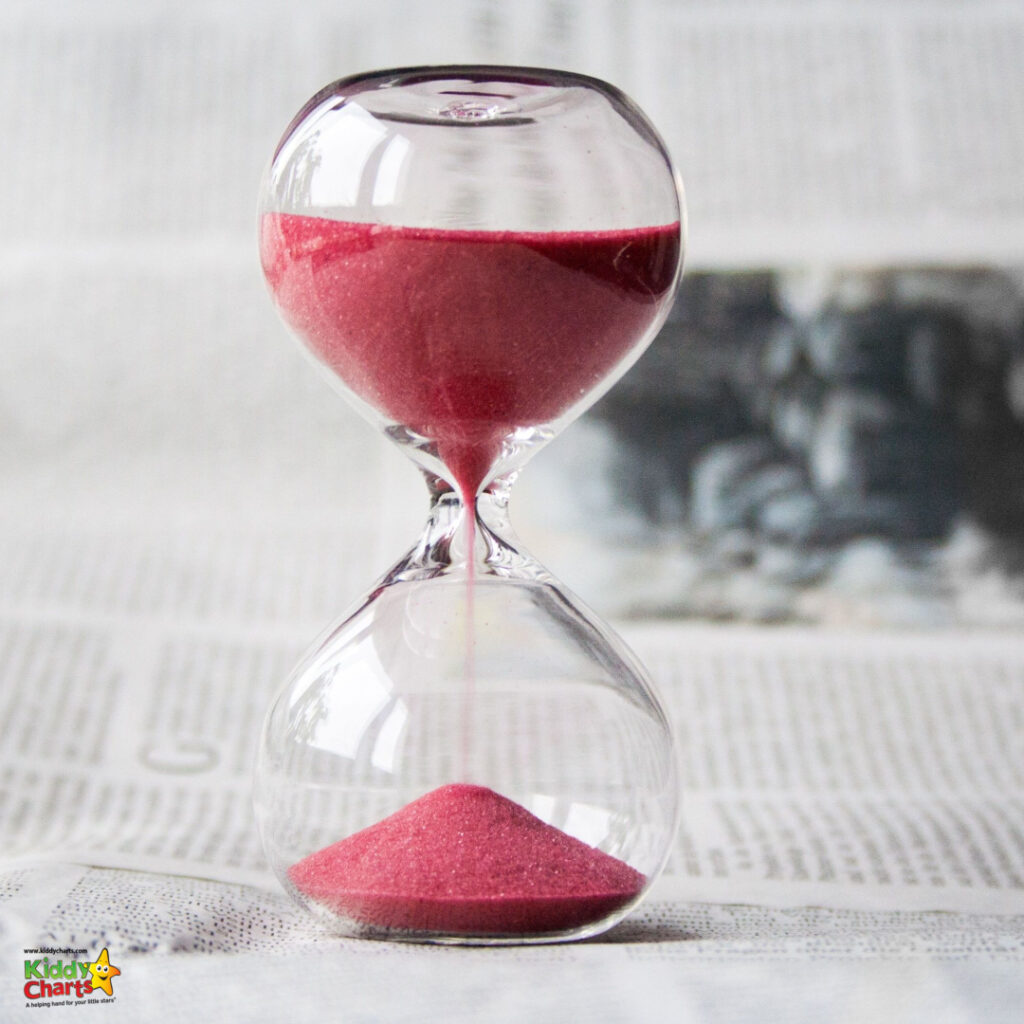Nap time for kids: How to make sure they get enough rest - 7 minutes read
Partnered post; including Amazon affiliate links
While nighttime sleep is obviously important for children, so too are daytime naps. They ensure that kids get the rest needed each day to be at their best physically and mentally. Understanding more about nap time for kids can help you keep your children well-rested and ready for what comes their way.
Why naps are important

Naps are part of the sleep recommendations of NHS for kids three years of age and younger. For example, the NHS suggests that a two-year-old get 11.5 hours of nighttime sleep and 1 hour and 30 minutes of sleep during the day. That nap time reduces to 45 minutes for a three-year-old.
There are many reasons why nap time for kids is beneficial. Firstly, the rest is good for their minds, which continue to develop and are busy during the day. Also, napping in the daytime helps them avoid getting overtired later and being unable to settle down to sleep in their bed at night.
Furthermore, getting enough sleep can prevent bad eating habits. Research shows that kids lacking in sleep tend to eat more. They also won’t have much energy when they are tired, so they are less likely to want to exercise to stay physically healthy and maintain a weight appropriate for their age.
Encouraging a nap

Now that you know why naps matter, the next question is, how exactly do you get your child to sleep during the day? You’ve likely tried to wrestle with the sprout, only to find that they cry or get mad, rather than shutting their eyes peacefully.
The following tips can help make getting them to sleep easier for both of you. Try the different techniques to see if one or a few of them are helpful.
Start with quiet time

It’s not logical to think that you can simply tell your child to go to sleep immediately after playtime and they will do so. Instead, prepare ahead for the nap by providing a quiet period before the rest.
The goal here is to calm their mind and body so they can then be in a state that is close to sleep. It will then be a logical transition for them to fall into a deep slumber.
How they wind down before naptime could involve playing music softly rather than loudly in their room. Another option is to put padded books into the crib with the toddler (only if they are over one year old, though, as otherwise the items can be a suffocation hazard). You might try rocking the infant for a short while before putting them into the crib.
Try a car ride

If your parents told you that you fell asleep during a car ride, then why not try getting your child to fall asleep the same way? There is something calming about the vibrations of a vehicle when it’s moving, as well as the warmth your little one likely feels while in the car seat.
That comfortable feeling is like how they feel in bed, so they are likely to drift off into dreamland. Unfortunately, getting them out of the car and into the house to continue their sleep isn’t always easy; they might wake up when you move them. Thus, you might want to park in the driveway and stay in the car until they wake up naturally.
Think about the rewards

If you are struggling to get your youngster down for a nap, then consider offering them a reward in exchange for the rest period. If there is something that they love doing, such as being on their iPad, then provide 20 minutes of iPad time if they take a nap.
Given they want that fun activity, then they will not likely put up a fuss. Even if they don’t fall asleep, at least they are resting, which a busy two-year-old can certainly benefit from!
You can also benefit from the nap by taking some time to unwind as well. You might shop online if you’re too busy to go in-person to the store, so check the latest deals at Sign Up Offers to save on clothes, vitamins, or other things on your shopping list.
Watch for signs they are tired

Your child won’t often tell you when they need a nap. After all, the world around them is so exciting that they might try to keep themselves awake to keep exploring! That’s especially true at a young age.
Thus, it is important for you to regularly watch for cues that they are sleepy. For example, if they yawn, then get them to the couch or bedroom for a relaxing activity like reading to help them nod off to sleep. Don’t miss that opportunity as they might later become overtired and cranky.
Also, if they wake up during the nap, give them a minute before going in to pick them up. They might fall back asleep on their own.
Getting them active

Also, think about ways to get your child’s activity levels up so that they’re more likely to fall asleep this afternoon. For example, you might sing a song to them while removing plates from the dishwasher.
Another idea is to take them to the park. The fresh air combines with an environment that excites them, from the dogs to the flowers and the people.
All these stimuli can wear them out mentally so that when you get home, she’s having trouble keeping her eyes open and falls naturally into a deep sleep. Or, encourage your boy or girl to do age-appropriate activity sheets to engage their mind and have the same tiring effect.
Where to have a nap?

Some parents insist on the baby sleeping in the crib during naps. Others are fine with the infant being in a stroller or carrier instead if they fall asleep there.
The ideal environment is a dark one, so make sure you put up blinds and curtains for the window in the nursery. Also, make sure the area is a quiet one.
That doesn’t always mean that they must sleep in the crib. But the main thing is to maintain a dark, quiet environment, whatever that looks like today in your home. It might be worth getting a crib that you can move from room to room too if that would be a handy option for your family.
Timing of naps

The ideal time and frequency of naps change from child to child as everyone is unique, and some kids stop napping sooner than others. While your best friend’s kid might take a one-hour nap daily, you might find that your child only takes 30 minutes and feels full of energy the rest of the day.
The difference is not what is important here. Instead, what matters is that your child gets enough sleep overall, which includes their nighttime hours.
Final words on daytime sleep

Naps are a time to rest for your baby and you. But if you’ve been struggling to get them to sleep during the day, one of the tips above might help make the process easier for you both.
If some days are harder than others to get them napping, don’t be too tough on yourself. It happens. Look for signs that your child is tired and try to maintain a consistent nap schedule.
Finally, if your child is not sleeping well at night, then you might need to shorten the daytime naps. That can happen if they start to confuse days and nights, sleeping more during daylight hours than the evening.
If you worry that your child is not getting enough sleep, then making an appointment with your doctor. They will help provide you with answers, including whether your baby or toddler is sleep-deprived, and how to remedy the situation.
We hope that you find this article on nap time for kids useful – if you need more information about baby and toddler sleep do check out these other articles on the site too.
Baby sleep articles
5 sure fire ways to beat baby sleep nightmares
Some ways to help beat nightmares in your little ones.
5 Ways to encourage your child to go to sleep
Ideas to help your kids to get to sleep at night.
Baby Tips
Finally, some ideas for baby sleep for you all.
If you have found this article on nap time for kids useful why not subscribe to our newsletter? There is a weekly and a daily option.
Cheers for visiting us today.
Helen


